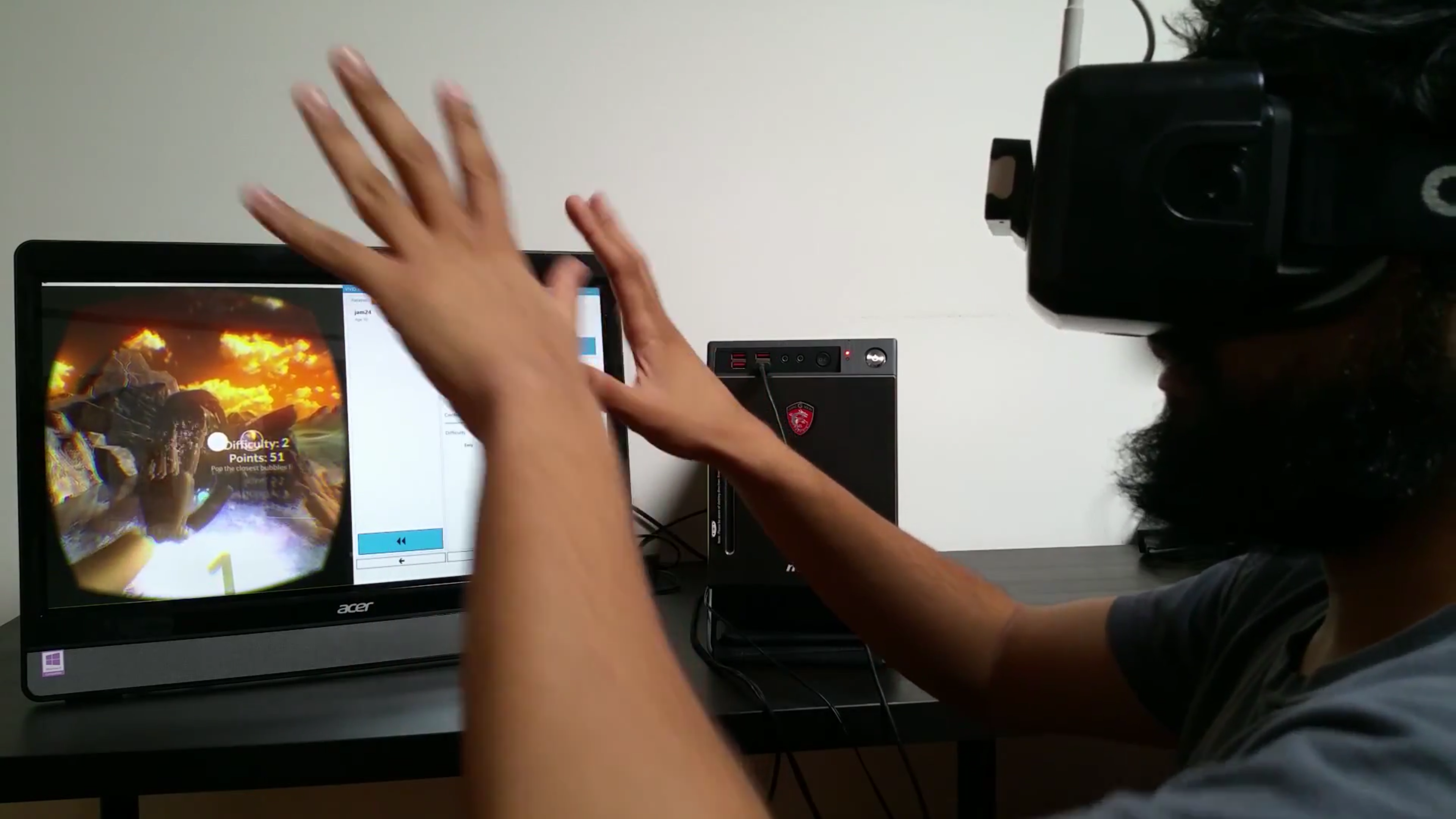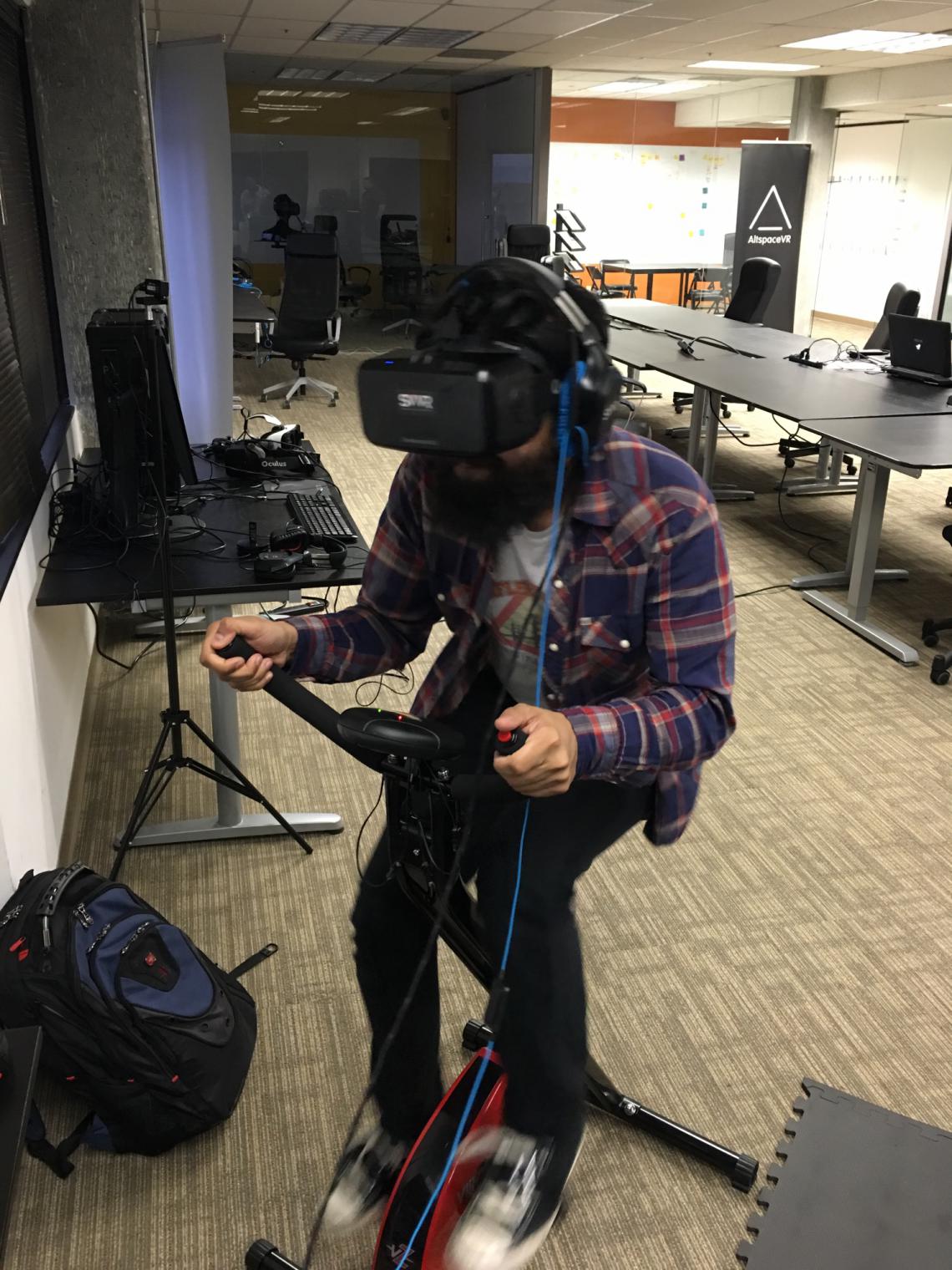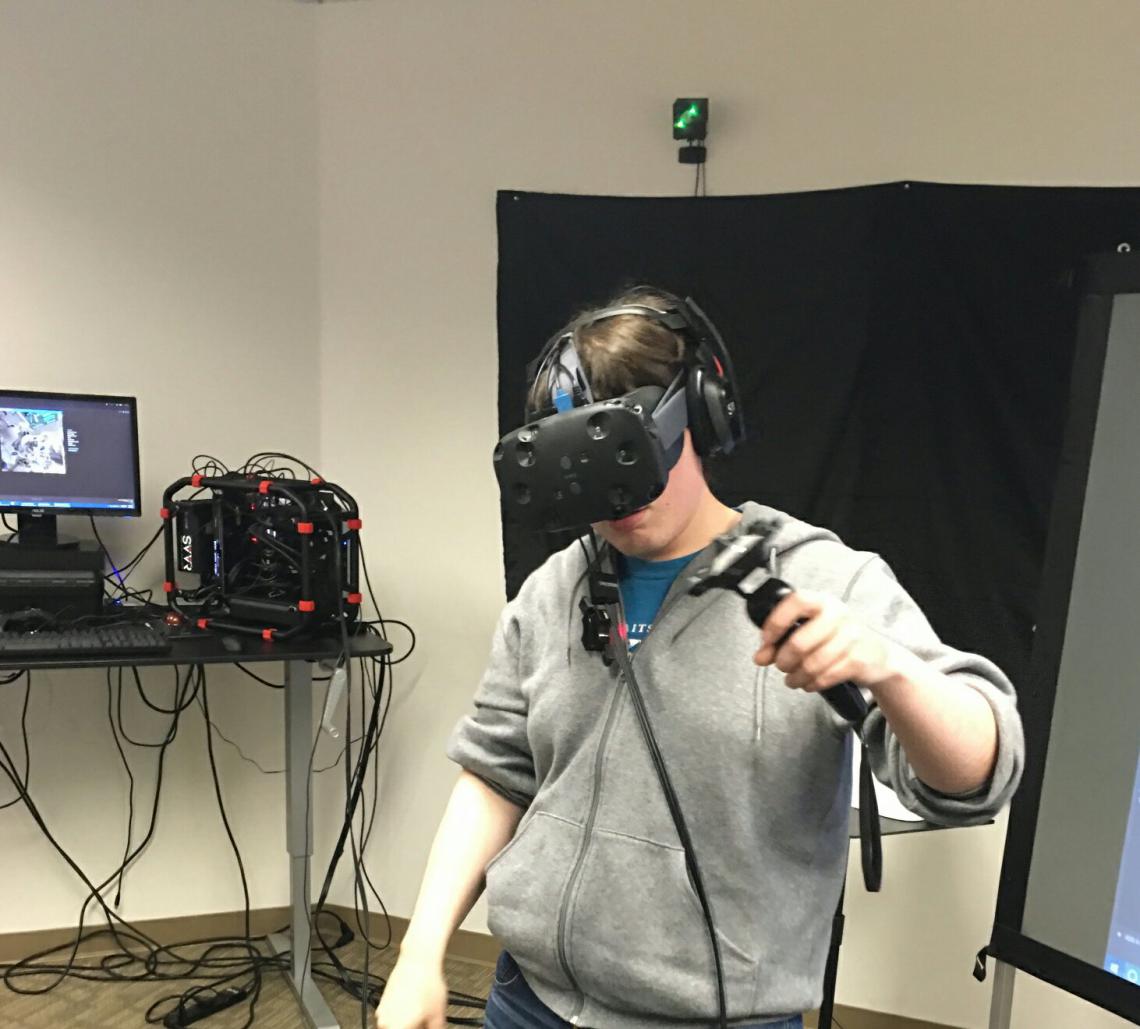An Introduction to Human Vision and Virtual Reality

Before we answer the “how” we should take a step back and define the “what” as in; what is virtual reality?
Virtual reality is a new medium of information that can be currently accessed through head mounted displays like an Oculus Rift or a Google Cardboard. At its most minimum a VR experience should give you the ability to access information that is displayed in stereo 3D with 6 degrees of freedom head tracking. With time VR can be much more complex and more immersive by providing room scale walking experiences, haptic feedback, better resolution displays and much more.
The story of virtual reality in a nutshell:
"if you currently own a smart phone chances are, you are already carrying a virtual reality device in your pocket".
Virtual reality is not a new concept and the technology has been in refinement for many decades. The term “virtual reality” was coined by Jaron Lanier back in the 1980’s when he founded VPL the first virtual reality start up. Many have tried to bring VR to the mainstream but the technology wasn’t ready to meet even the lowest of consumer expectations. In the past 3 years there has been a re-emergence of the technology and it’s partly due to the rise of the smartphone. Know this, if you currently own a smart phone chances are, you are already carrying a virtual reality device in your pocket.
A breakdown of VR tech and human vision
Before we touch on virtual reality we should have a quick refresher as to how human vision works in general. On a more basic level, human vision works thanks to 5 main components. The most front facing part of your eye is called the Cornea, this gelatinous transparency bends light coming from the world through your lens and into your retina. At the retina level there a millions of receptor neurons called cones and rods. These neurons then send the light information through the optic nerve, through the thalamus and into the visual cortex.
"70% of all your sensory receptors are dedicated to vision"
This is why virtual reality can be such a powerful medium. Human perception can be accessed and manipulated through sensation. By harnessing the visual senses with the infinite possibilities of vr we can now open windows into the brain that we didn't have before. Human perception in VR is the subject of very cutting edge and ongoing research from companies like Oculus, Universities like Stanford and many others all over the world. There is still much to be learned!
Here's a short a list of all the major companies working on a consumer VR product:
* Oculus with it's 'Rift' device (owned by Facebook).
* HTC with the 'Vive'
* Sony and it's 'Playstation VR' headset.
* Samsung with it's 'GearVR' line up.
* Google with 'Daydream'.
* And many more (Apple, Nintendo, LG are likely to jump in)
"In many respects virtual reality is the closest thing we have to dream sharing"
Staring through a head mounted display is more or less like looking through a pair of binoculars except these binoculars provide you with a window into digital landscapes and worlds. The arrangement of having one lens per eye gives the user stereo vision, just as you would in real life. We humans use stereo vision to infer the depth and distance of objects.
On top of stereo 3D vision you also get 1 to 1 head tracking with virtual reality. This means that, you should be able to look around you by physically moving your head and seeing the corresponding image in the virtual world. When all the necessary components are combined properly, virtual reality makes you feel like you are somewhere else, this feeling is called **presence** and VR is the only medium that provides this. In many respects virtual reality is the closest thing we have to dream sharing.
There is much yet to be learned in the field of VR

The technology is still in constant refinement, but what we have learned so far is that VR can be a very powerful tool to heal people in many ways. This is where Vivid Vision comes in. We want to leverage this new tool to treat vision ailments and one day enhance human vision itself. Follow us on twitter and Facebook to find out more on how we plan to accomplish this in the future! Let’s accomplish these goals together!

